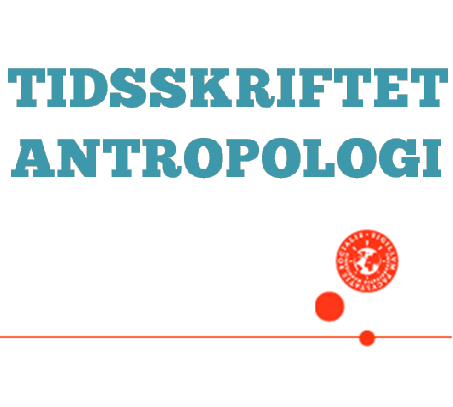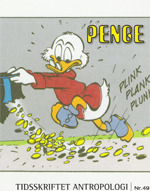NÆRBILLEDER AF DET EKSOTISKE: Etnografiske illustrationer af Påskeøen fra anden halvdel af 1700-tallet
DOI:
https://doi.org/10.7146/ta.v0i49.106658Abstract
This article discusses the theoretical and pragmatic dialogue between the instructions
given to the artists who participated in European scientific expeditions and the
production of ethnographic illustrations. The discrepancy between methodological
criteria and the empirical portrayal of exotic Others indicates an important dilemma:
that the European representations of alien cultures were deeply rooted in European
aesthetic idiosyncrasies and ideals of primitiveness. The French artist Gaspard Duché
de Vancy (ca. 1750-1788) who travelled on François Galaup de Lapérouse’s scientific
expedition (1785-1788) portrayed the society of Easter Island not according to what he
actually observed, but rather to the captain’s distrustful judgement of the natives of
Easter Island. In an effort to solidify a rather biased portrayal of the natives, the artist
incorporated specific ethnographic devices, including exotic attire, weaponry and the
gigantic monoliths, endeavouring to give his illustrations a more ethnographic and
thus realistic outlook. Furthermore, this article discusses an illustration of Easter Island
that the German traveller Johann Reinhold Forster (1729-1798) made, and which he
included in his own German translation of Lapérouse’s travels. A study of Forster’s
illustration indicates that the author generously borrowed crucial elements from Duché
de Vancy’s original painting, and from two other paintings, made by the British painter
William Hodges. By uncovering how expedition artists incorporated aesthetic
idiosyncrasies into their compositions, this article uncovers how ethnographic
illustrations were manipulated according to an exotic decor, where the alien reality
was at first patch-worked and as a result constructed.
Downloads
Published
How to Cite
Issue
Section
License
Ophavsretten til artiklerne i Tidsskriftet Antropologi tilfalder forfatteren.
Artikler publiceret i Tidsskriftet Antropologi må citeres, downloades og videresendes for ikke-kommerciel brug, under forudsætning af normal akademisk reference til forfatter(e) samt tidsskrift, årgang, nummer og sider. Artiklerne må kun genudgives med eksplicit tilladelse fra forfatter(e) og tidsskriftet.


